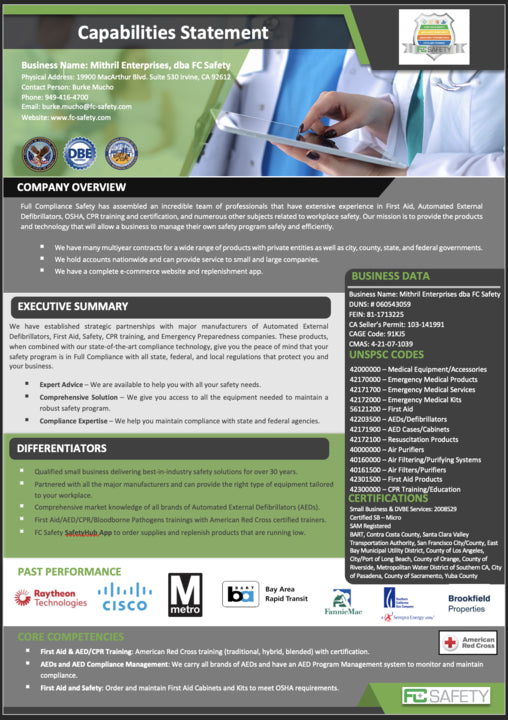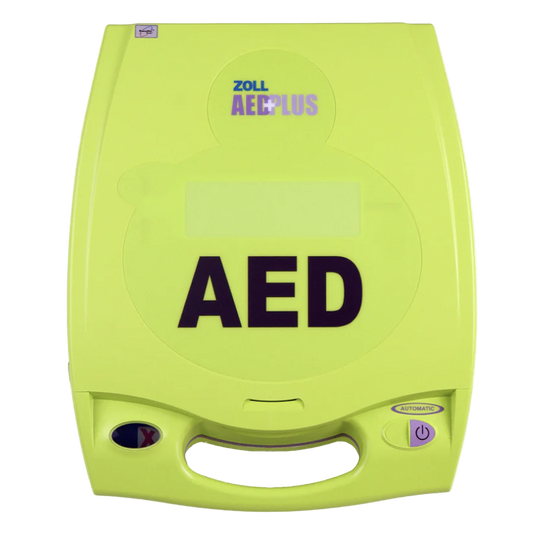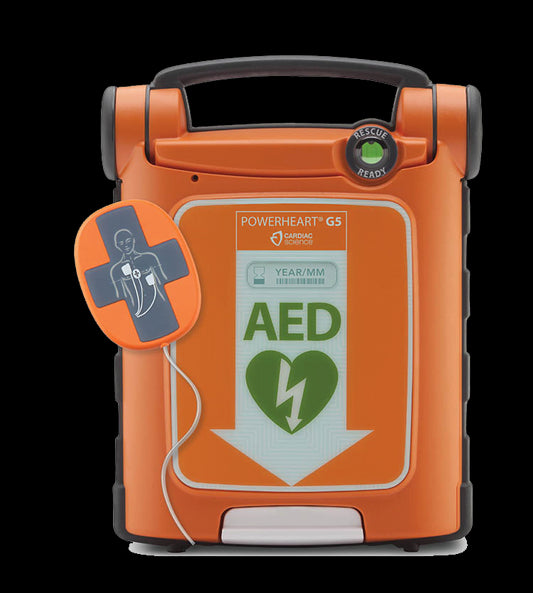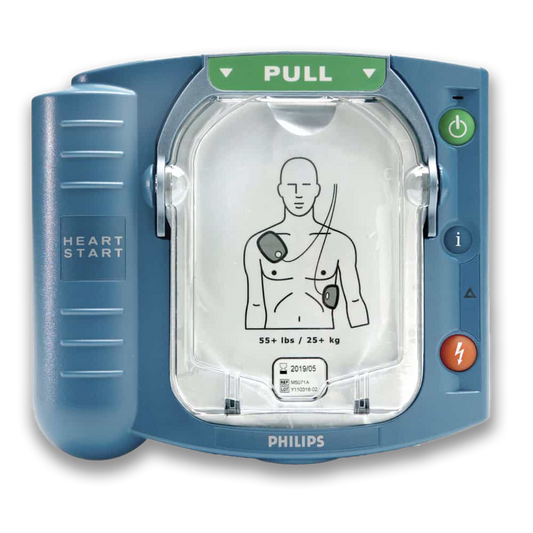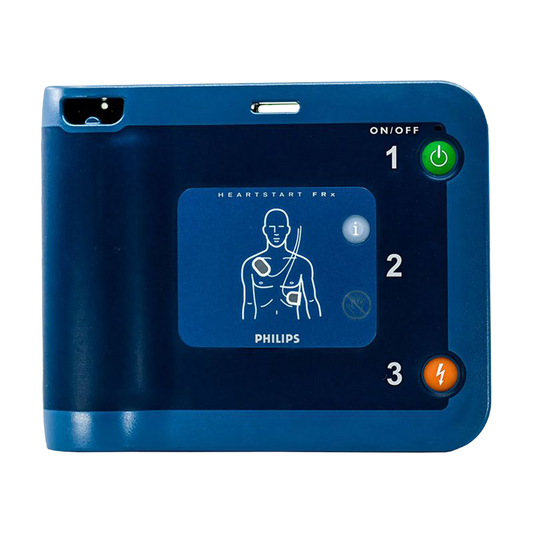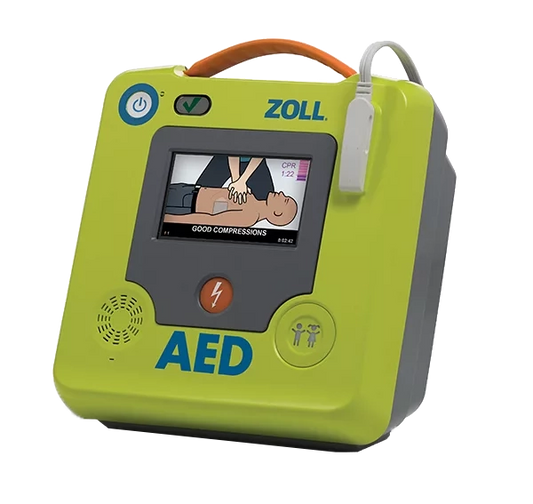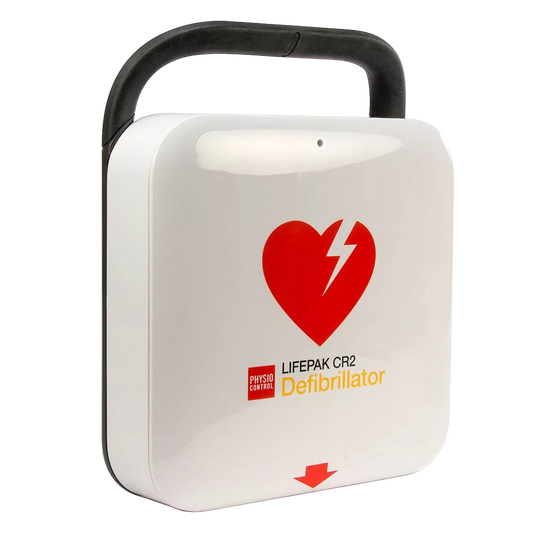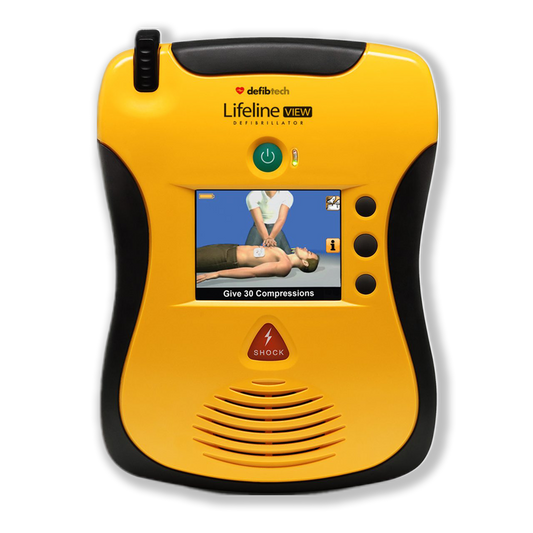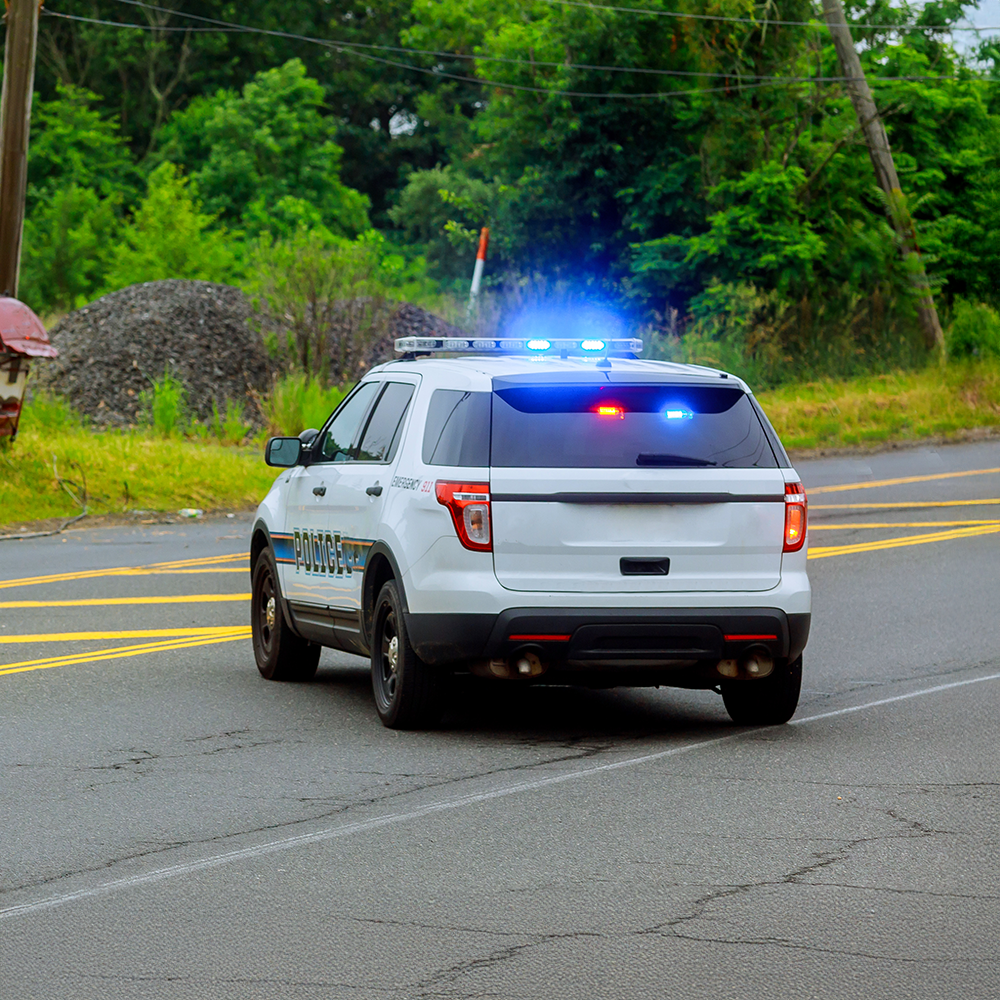Shop By Industries
We work with trusted AED brands.
Get in Touch with your entire safety program.
Streamlining safety compliance with NFC-Powered AED & Asset Management, FC Safety Shield offers automated maintenance tracking, real-time expiration alerts for AED pads and batteries, and regulatory updates tailored to your industry.

Discover which AED works best for you
An AED as an FDA Approved medical device that can be used to help restart a heart in the event of a cardiac emergency. AED stands for Automated External Defibrillator.
Shop now
Get training that meets your needs
Receive in-person instructor-led training, blended learning training, or fully remote training.
View more